Understanding the lingo is crucial for any dart player, whether you’re a seasoned pro or just starting. This rulebook glossary dart terms guide provides definitions for essential terms, clarifying the rules and enhancing your gameplay experience. From “checkout” to “ton,” we’ll decode the language of darts.
⚠️ Still Using Pen & Paper (or a Chalkboard)?! ⚠️
Step into the future! The Dart Counter App handles all the scoring, suggests checkouts, and tracks your stats automatically. It's easier than you think!
Try the Smart Dart Counter App FREE!Ready for an upgrade? Click above!
Decoding the Rulebook Glossary Dart Terms
Darts, seemingly a simple game of throwing pointed projectiles at a circular board, has a rich vocabulary. Navigating a darts rulebook or engaging in conversations with fellow players requires a solid understanding of these terms. This section explores fundamental definitions to help you master the language of the game.
The Basics: Scoring and the Board
Let’s start with the essential components of dart terminology, focusing on scoring and the dartboard itself. These are fundamental dart terms that every player must know.
- 20 Bed: The largest scoring area on the board when targeting the number 20
- Oche: The throwing line or distance line behind which players must stand when throwing.
- Bullseye: The center of the dartboard, consisting of two parts: the outer bull (25 points) and the inner bull, also known as the double bull (50 points).
- Treble: The narrow inner ring on the dartboard, scoring three times the value of the corresponding number.
- Double: The narrow outer ring on the dartboard, scoring twice the value of the corresponding number.
- Single: The main area of each numbered segment on the dartboard, scoring the face value of the number.
Understanding these terms is the foundation for comprehending scoring and gameplay. For example, a “treble 20” scores 60 points, and a “double 16” scores 32 points. Also, for a more comprehensive understanding of Basic Darts Fundamentals for Beginners, Basic Darts Fundamentals for Beginners is a great resource
Essential Gameplay Terms
Beyond the board, specific terms dictate how the game is played. Familiarity with these will significantly improve your understanding and strategy.
- Checkout: Finishing a game by reaching exactly zero with a double or bullseye.
- Leg: One game of darts.
- Set: A match consisting of a predetermined number of legs.
- Match: The overall contest, consisting of a predetermined number of sets or legs.
- Round: Three darts thrown by a player constitutes one round.
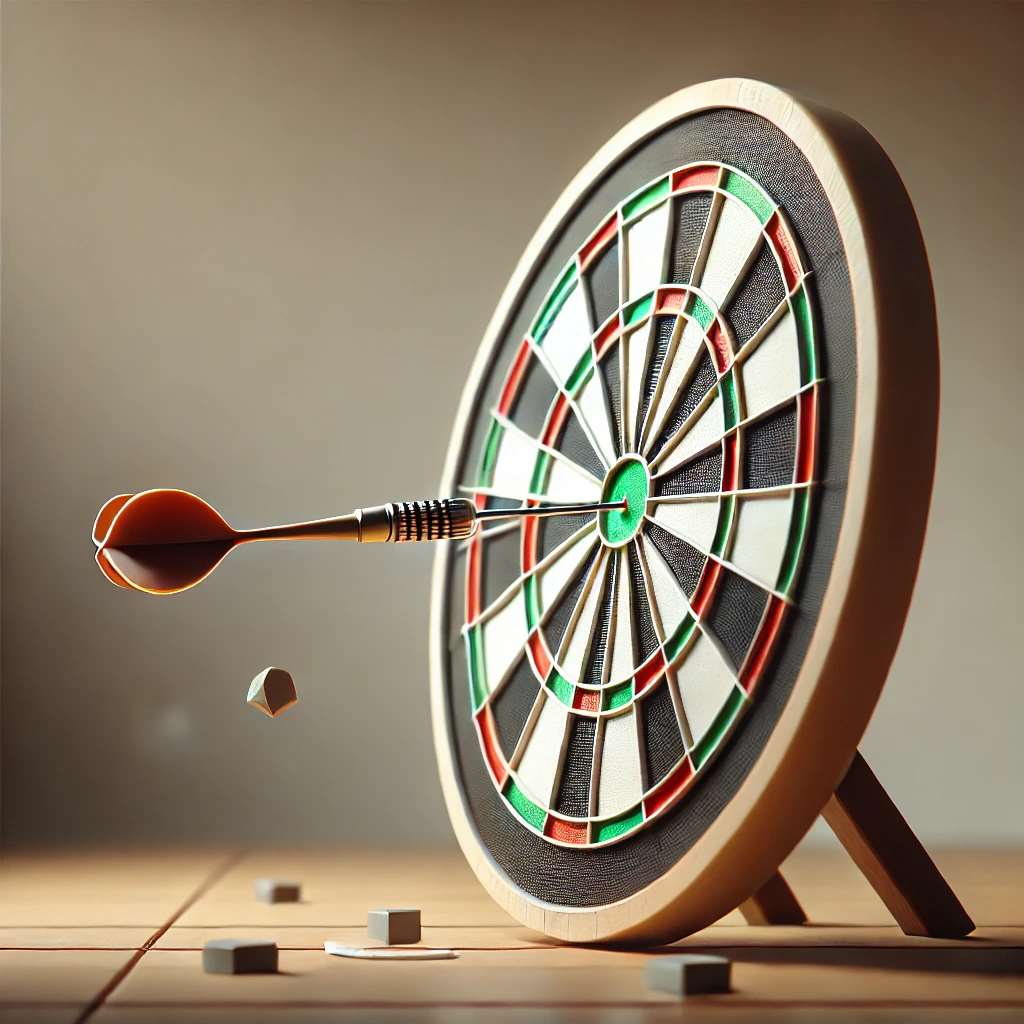
Knowing these terms allows you to follow the flow of a game and understand the objectives at each stage. The “checkout” is perhaps the most crucial, representing the final act of winning a leg.
Rulebook Glossary Dart Terms: Advanced Concepts
Once you’ve grasped the basics, delve into more advanced rulebook glossary dart terms. These concepts often relate to scoring milestones, specific throws, or strategic maneuvers.
High Scores and Notable Throws
Dart terminology is often used to describe impressive scores and specific combinations of throws. Knowing these terms is essential for discussing and appreciating high-level gameplay.
- Ton: A score of 100 or more in a single round (three darts).
- Ton 40 (T40): Scoring 140 in a single round.
- Ton 80 (T80): Scoring 180 in a single round, achieved by throwing three treble 20s. This is the highest possible score in a single round.
- Nine-Dart Finish: The perfect game, finishing 501 with just nine darts. It’s the holy grail of darts.
Achieving a “ton 80” is a moment of pride for any dart player, and witnessing a “nine-dart finish” is a rare and thrilling experience. It’s important to remember that even if the nine-dart finish is elusive, consistent scoring in the ‘ton’ range is crucial for success. Understanding these darts terminology and rules can significantly impact your game.
In-Game Situations and Strategies
Some terms describe specific situations that arise during a game, often requiring strategic decisions. Adapting your strategy based on these situations is key to winning.
- On a Finish: Being in a position where you can check out (reach zero with a double or bullseye) in the current or next round.
- Shanghai: Hitting a single, double, and treble of the same number in one round. This is a more common term in some dart game variations than in standard 501.
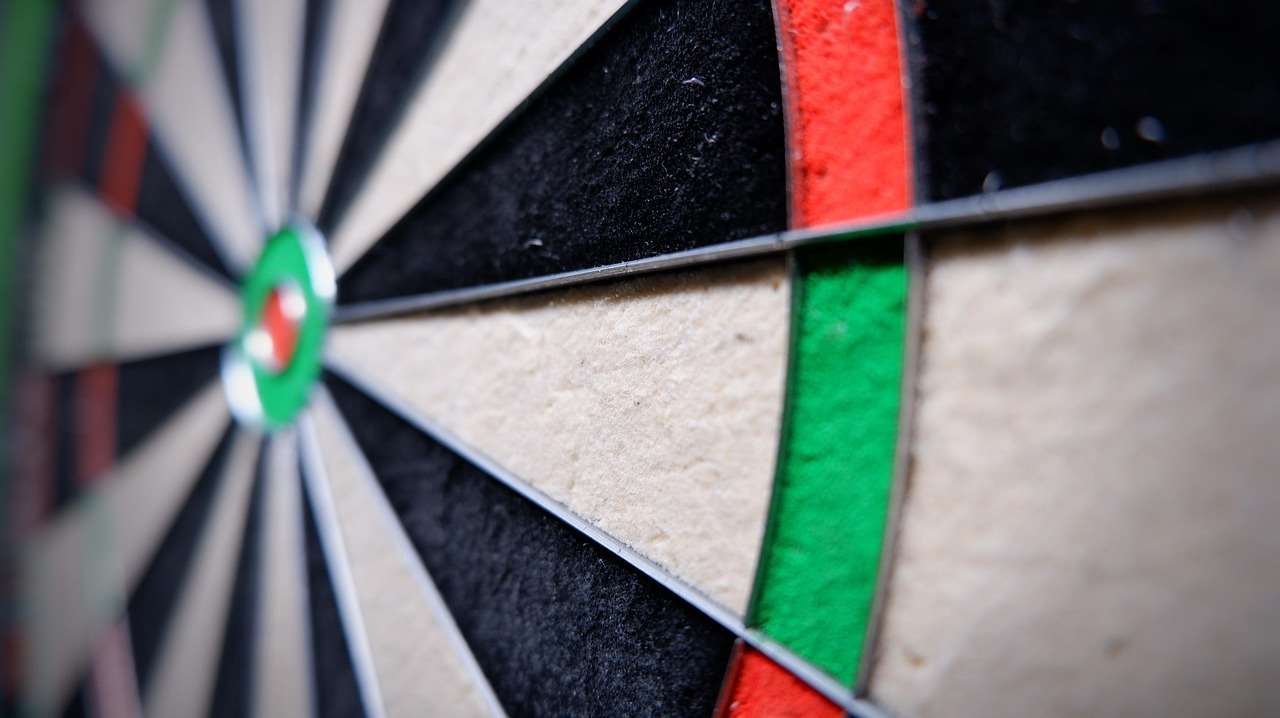
Recognizing when you are “on a finish” allows you to focus your throws on the necessary doubles or bullseye to win the leg. Strategic thinking in these situations is what separates good players from great players. Consider also Fun dart game variations with modified rules.
Navigating Different Darts Games and Their Rulebook Glossary Dart Terms
While 501 is the most common format, various other dart games exist, each with its own set of rules and terminology. Being adaptable and understanding these variations will broaden your dart-playing horizons.
Variations and Specific Terminology
Many dart games have unique rules and scoring systems, leading to new terms or altered meanings of existing ones. Understanding these variations ensures you can participate in different types of games.
- Cricket: A strategic game where players must “close out” numbers by hitting them three times (single, double, or treble) before their opponent does.
- Around the Clock: A game where players must hit each number on the dartboard in sequence, from 1 to 20.
In Cricket, the term “closing out” a number is crucial, as it prevents your opponent from scoring on that number. These variations add new dimensions to the game, requiring different skills and strategies. Moreover, consider Alternative darts rules for home play for more game play options.
Adapting to Different Rule Sets
Successfully playing different dart games requires a flexible understanding of the rules and a willingness to adapt your strategy. Remember to clarify any ambiguous terms before starting a game to avoid confusion.
- Always clarify the specific rules being used before starting a game, especially if playing with variations.
- Pay attention to the scoring system for each game, as it may differ from standard 501.
- Be prepared to adjust your throwing strategy based on the game’s objectives.
Communication and clarity are key when playing variations. A brief discussion of the rules beforehand can prevent misunderstandings and ensure a more enjoyable experience for all players. Plus, be sure to review Adapting darts rules for beginners.
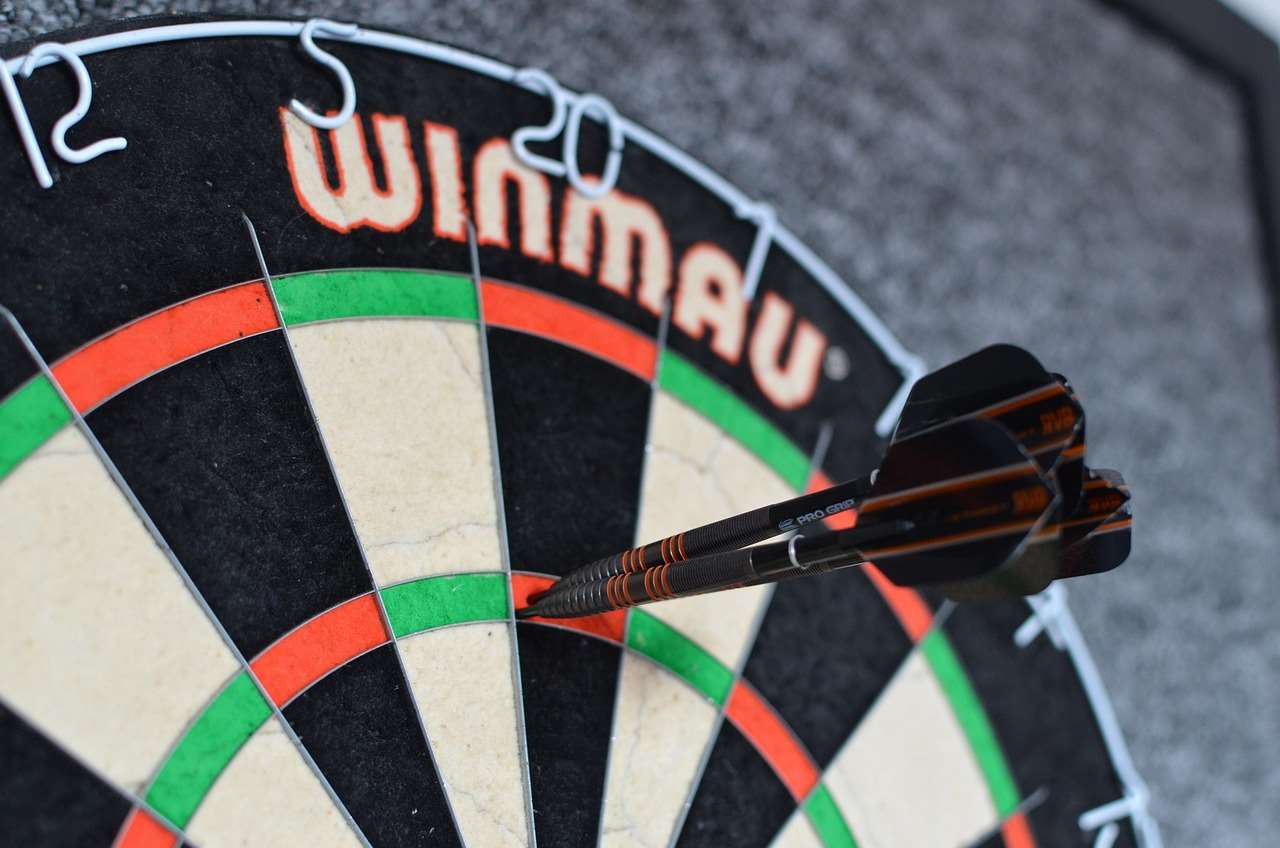
The Evolution of Rulebook Glossary Dart Terms
Like any language, dart terminology evolves over time. New terms emerge, and the meanings of existing terms may shift. Staying up-to-date with these changes is crucial for serious players.
Emerging Trends and Slang
While official dart rulebooks provide formal definitions, informal slang and emerging trends can influence the language used among players. Observing these trends can provide a deeper understanding of the dart community.
- “Chucking”: A less formal term for throwing darts, often used in a casual setting.
- Keep an ear out for new slang terms used by professional players and commentators.
While these terms may not appear in official rulebooks, understanding them can enhance your communication with other players and allow you to better appreciate commentary during professional matches.
The Impact of Technology
The rise of online darts and dart-tracking apps has introduced new terminology related to statistics and performance analysis. These terms provide a more data-driven approach to the game.
- MPR (Marks Per Round): A common statistic used in online darts to measure a player’s average score per round.
- PPD (Points Per Dart): Another key statistic that shows the average points scored with each dart thrown.
These technological advancements have transformed how players analyze their performance and track their progress. This is very important for players Modifying rules for mixed-level dart players.
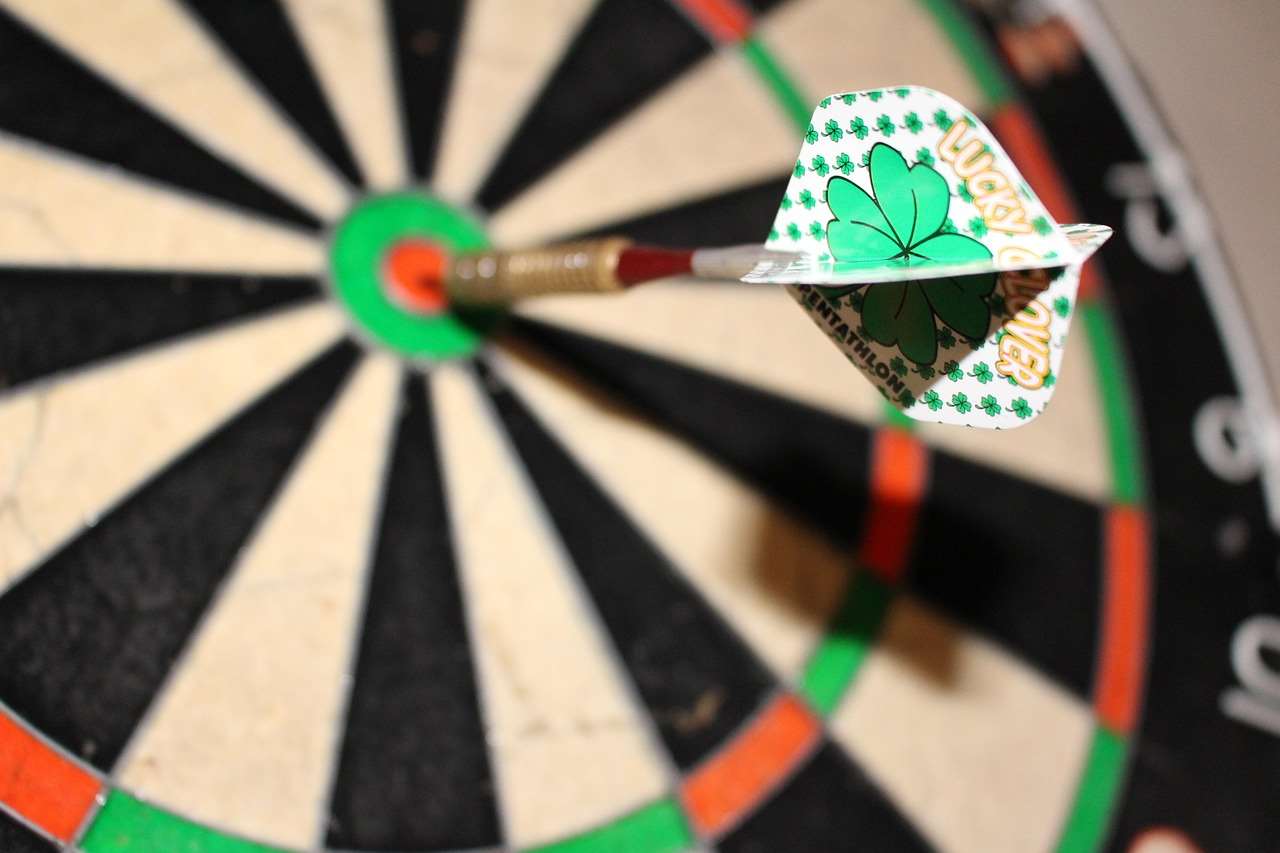
Resources for Expanding Your Knowledge of Rulebook Glossary Dart Terms
Numerous resources are available to further expand your understanding of rulebook glossary dart terms. From official rulebooks to online communities, these resources offer valuable information and opportunities to learn from experienced players.
Official Rulebooks and Organizations
The official rulebooks of organizations like the Professional Darts Corporation (PDC) and the British Darts Organisation (BDO) are excellent sources for formal definitions and regulations. They help clarify any doubts and ambiguities.
- Consult the official rulebooks of the PDC and BDO for authoritative definitions.
- Explore the websites of these organizations for updates and news related to the rules of darts.
These organizations set the standards for professional darts and provide a clear framework for gameplay. It is important to keep an eye on these rules for Adapting darts rules for small spaces: tips and tricks.
Online Communities and Forums
Online forums and communities dedicated to darts provide a valuable platform for discussing terminology, asking questions, and learning from other players. These communities offer a wealth of knowledge and diverse perspectives.
- Join online dart forums and communities to engage with other players.
- Ask questions and participate in discussions to deepen your understanding of darts terminology.
The collective knowledge and experience within these communities can be invaluable for both novice and experienced players. Plus, review tips on How to make darts fairer with handicap rules. Consider reading about Adapting dart game rules for children, as well.
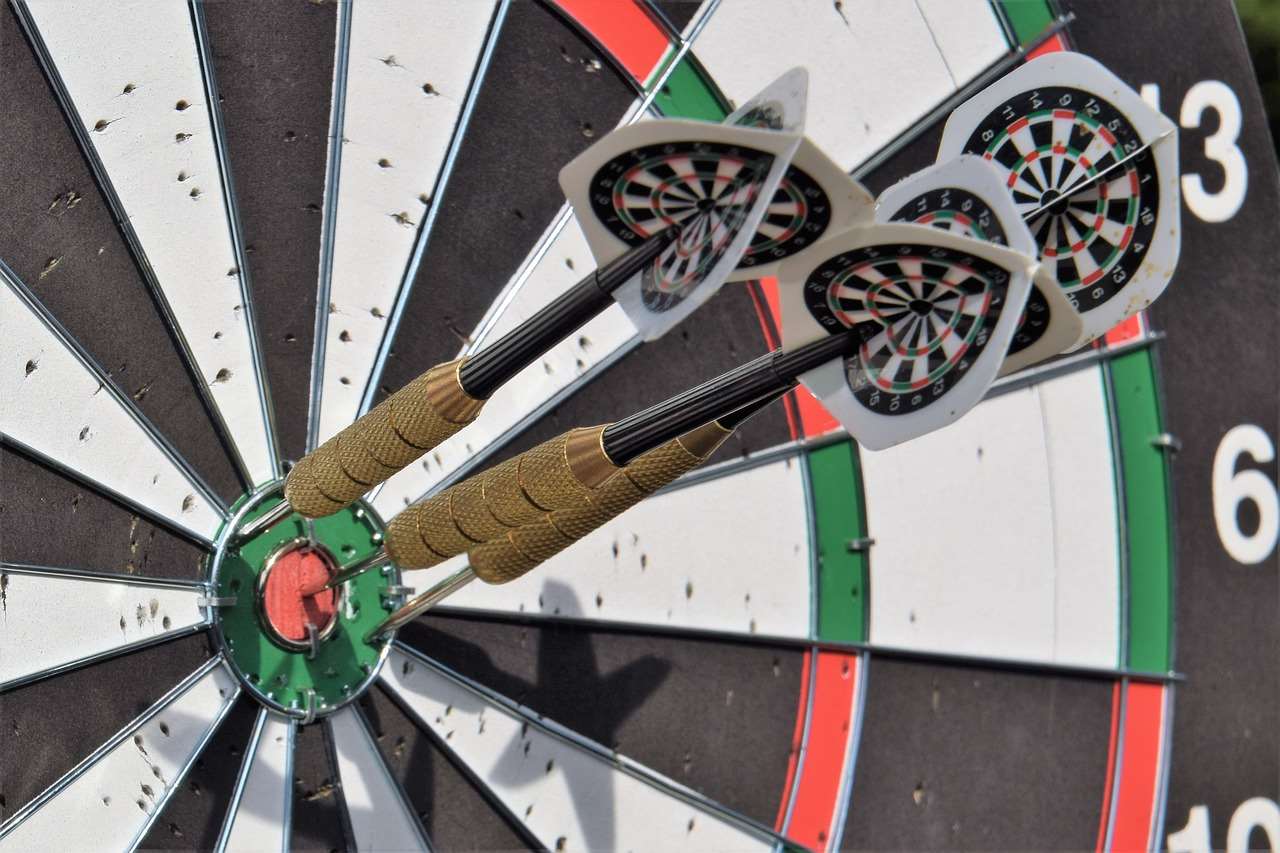
Conclusion
Mastering the rulebook glossary dart terms is an ongoing process, but a crucial one for anyone serious about the game. This comprehensive guide has covered fundamental definitions, advanced concepts, game variations, and resources for further learning. By understanding the language of darts, you’ll be better equipped to follow the rules, strategize effectively, and communicate with fellow players. So, grab your darts, brush up on your terminology, and hit that bullseye! Now that you’re equipped with this knowledge, go practice and elevate your dart game!
Hi, I’m Dieter, and I created Dartcounter (Dartcounterapp.com). My motivation wasn’t being a darts expert – quite the opposite! When I first started playing, I loved the game but found keeping accurate scores and tracking stats difficult and distracting.
I figured I couldn’t be the only one struggling with this. So, I decided to build a solution: an easy-to-use application that everyone, no matter their experience level, could use to manage scoring effortlessly.
My goal for Dartcounter was simple: let the app handle the numbers – the scoring, the averages, the stats, even checkout suggestions – so players could focus purely on their throw and enjoying the game. It began as a way to solve my own beginner’s problem, and I’m thrilled it has grown into a helpful tool for the wider darts community.